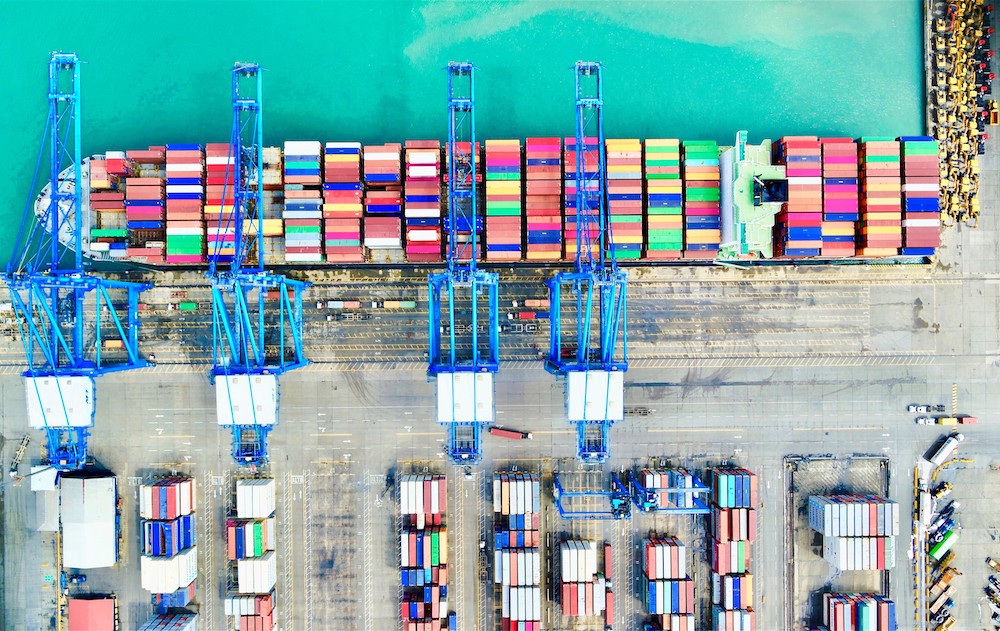
Look back at 2022 and discover the latest trends and technologies that will shape terminal operations in 2023 with Tideworks’ 2023 Look Ahead for Terminal Operators.

Look back at 2022 and discover the latest trends and technologies that will shape terminal operations in 2023 with Tideworks’ 2023 Look Ahead for Terminal Operators.
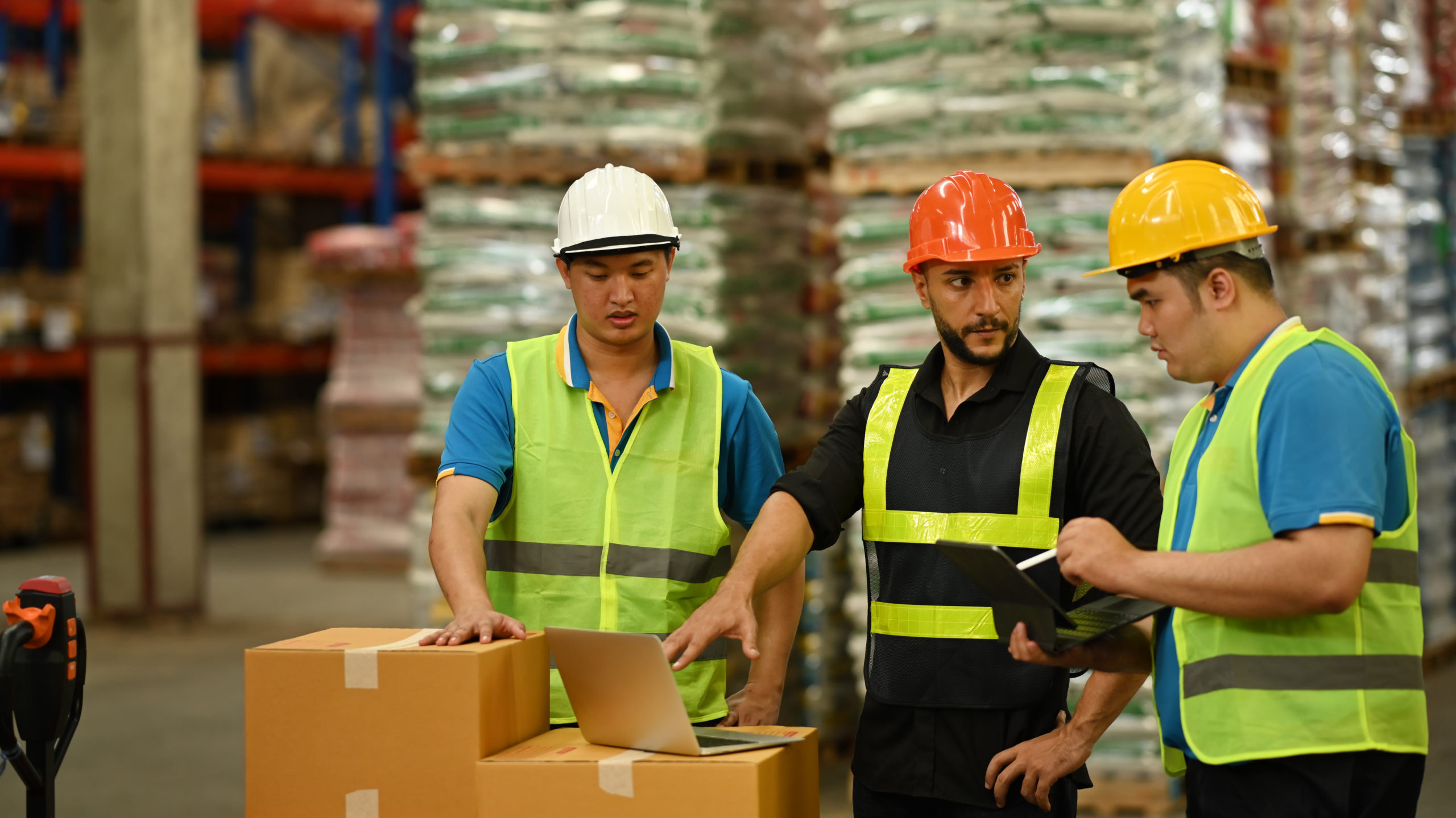
Exploring AI and machine learning, discovering how this new technology can help optimize your operations at terminals and a peek at the future of this tech.

The Maritime Transportation Data Initiative is an effort by the FMC to create data transparency in the shipping industry. Read to learn its current status.
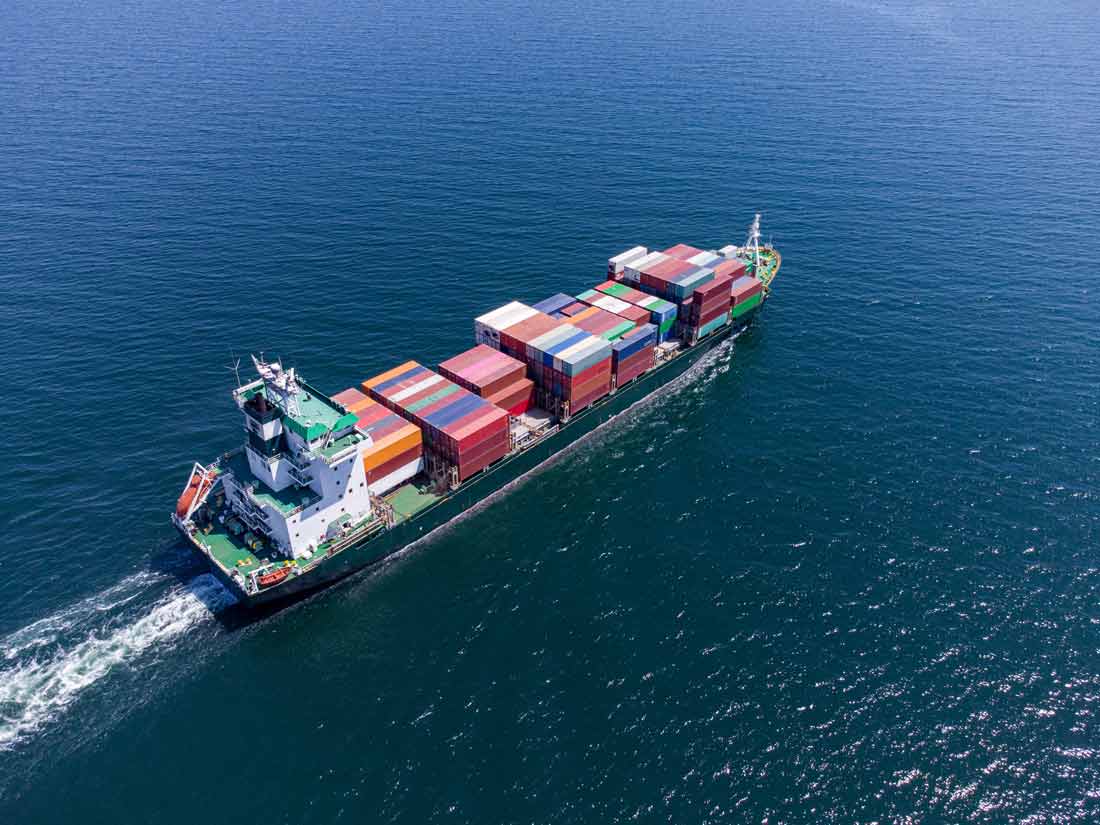
The Ocean Shipping Reform Act, S. 3580, was recently passed into law. Read on to learn about its context, objectives, and implications.

The terminal operations field offers many exciting career paths for IT professionals. Read to learn which roles you should consider.
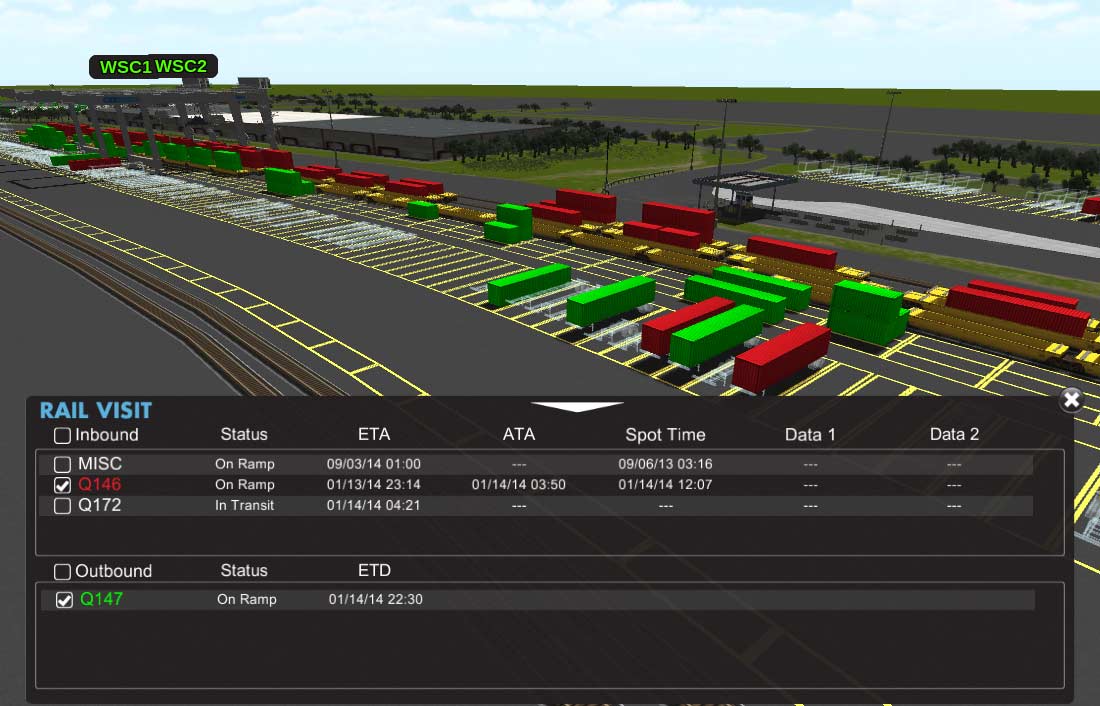
Large companies have successfully used hub-and-spoke models to transport goods. Let’s look at how rail terminals can also benefit from the system.

The Great Resignation has had a lasting impact on terminal staffing. Here’s how terminals can reduce their turnover and attract better talent.
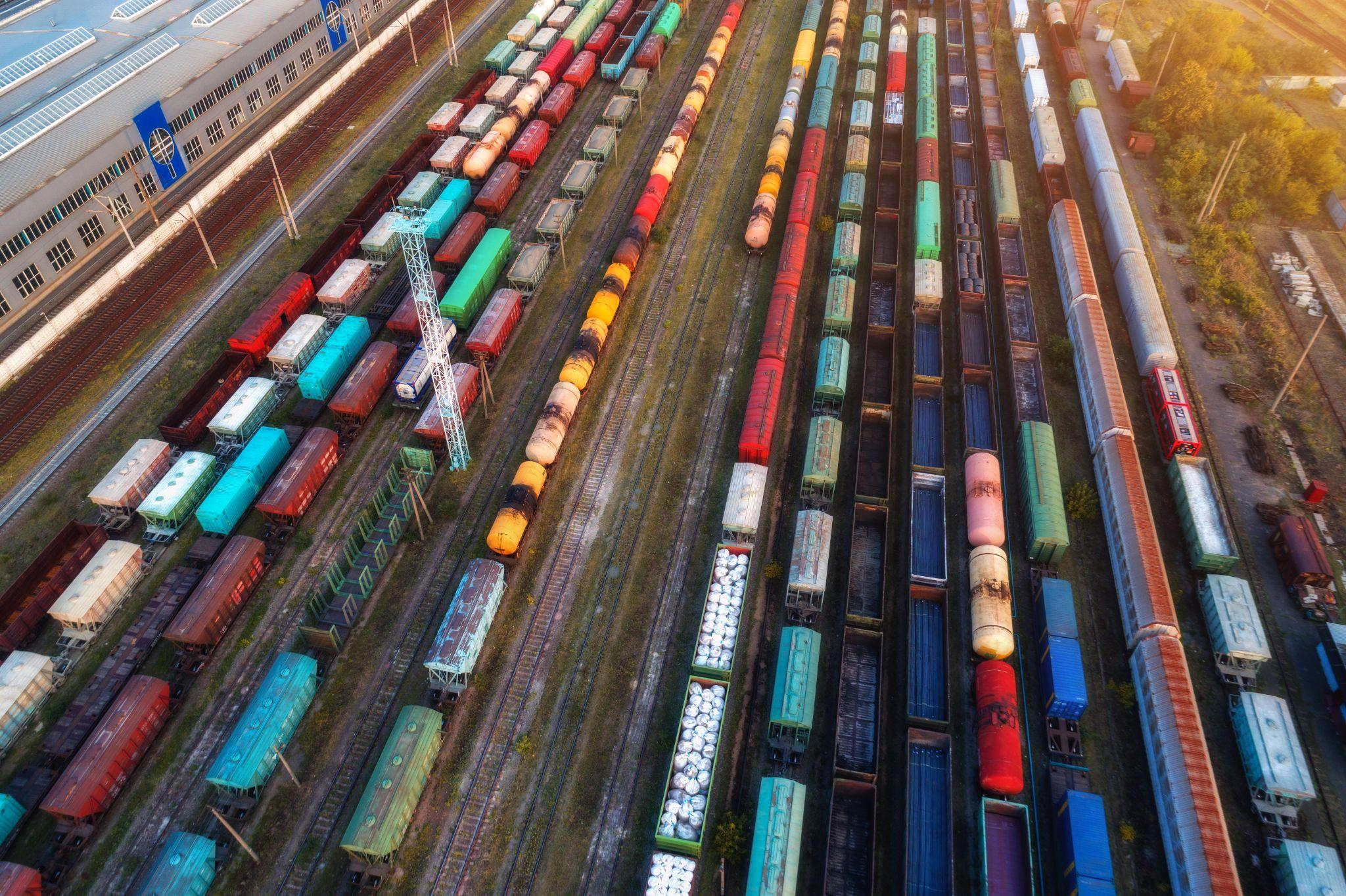
The pandemic and its ripple effects have strained existing supply chain dynamics. How can Tideworks help improve efficiencies and manage unpredictable demand?

We sat down with our Client Services Managers (CSM) to discuss the industry in the wake of COVID-19 and what changes are on the horizon.
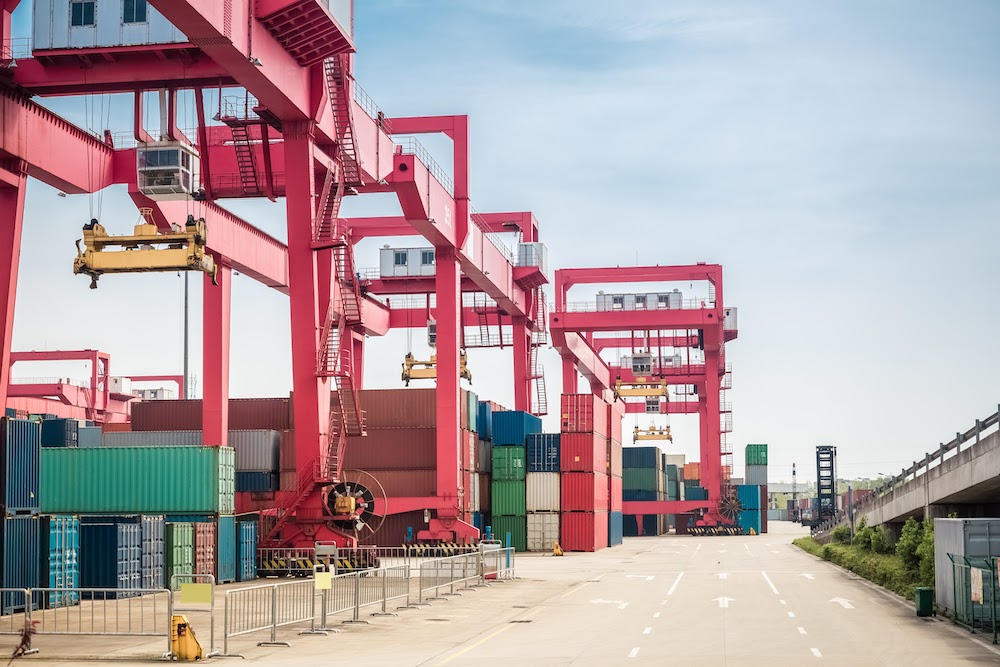
COVID-19 was one of the biggest crises the intermodal industry has faced in recent decades, but volume volatility is an ever-present concern.
Recent Comments